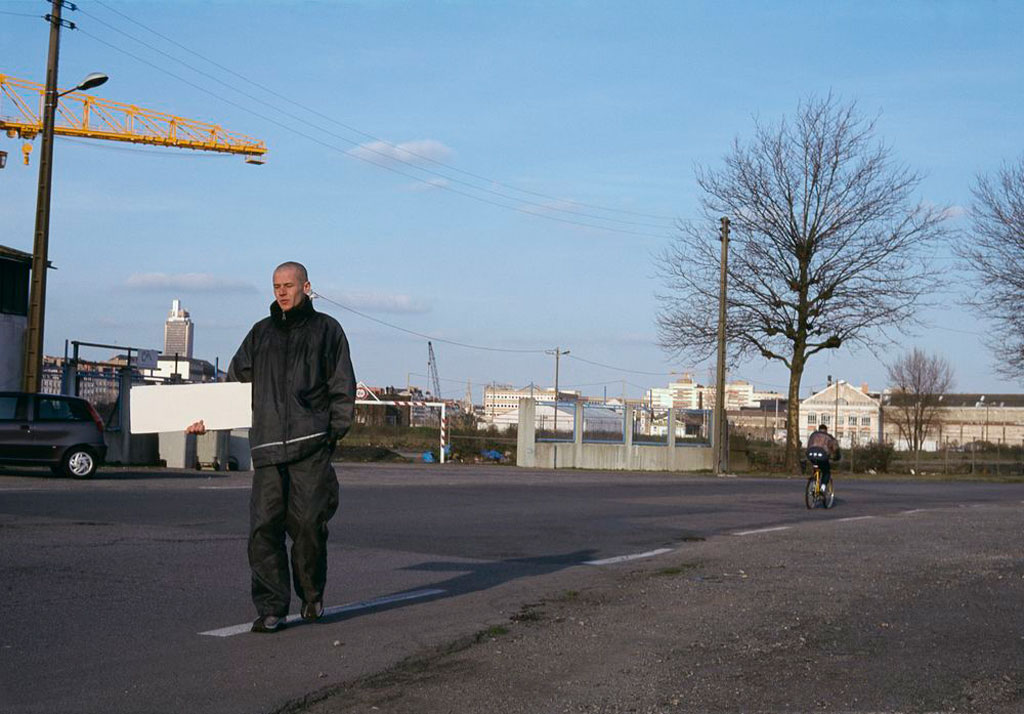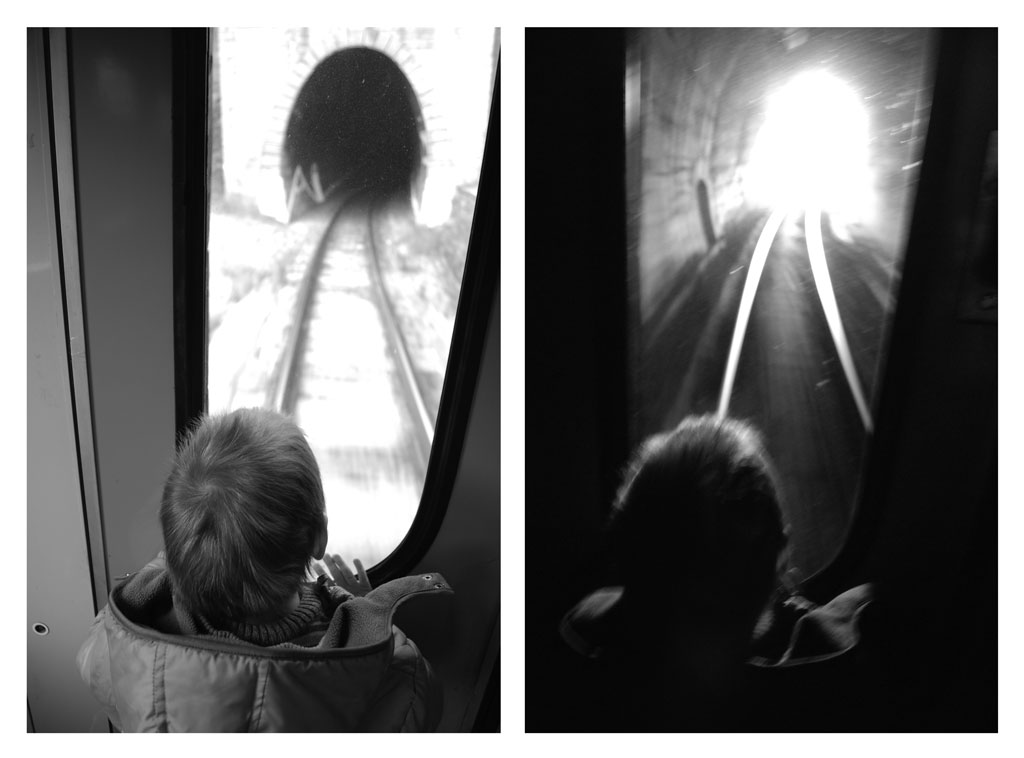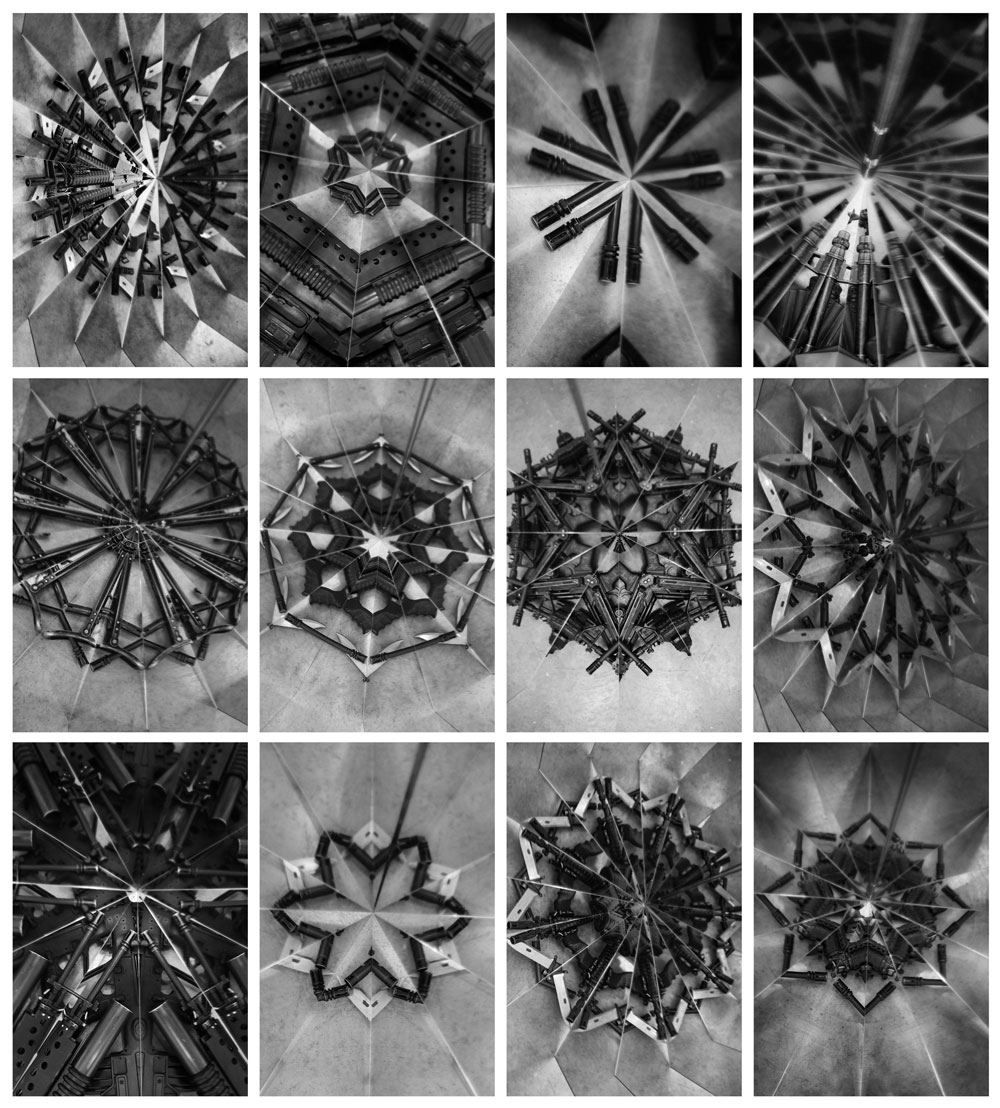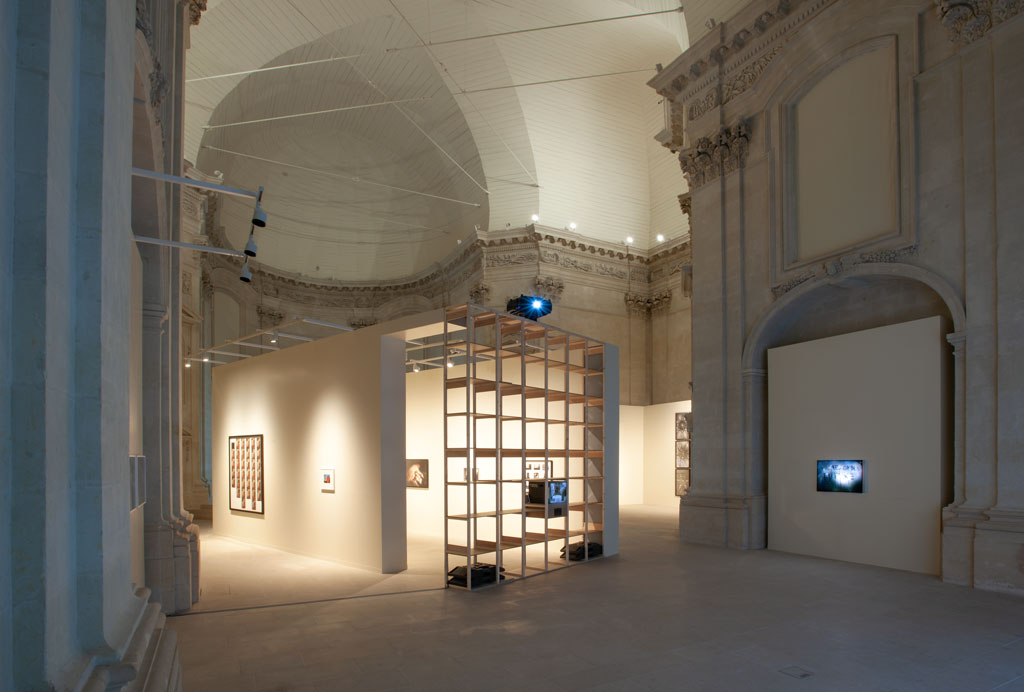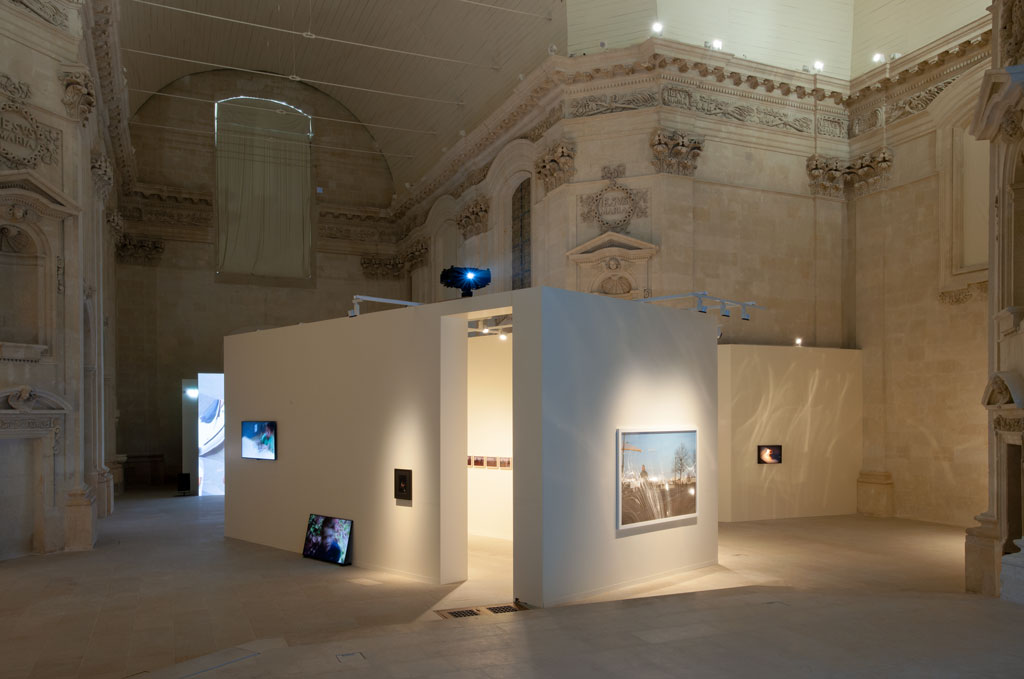PHOTO:Mircea Cantor-Înainte
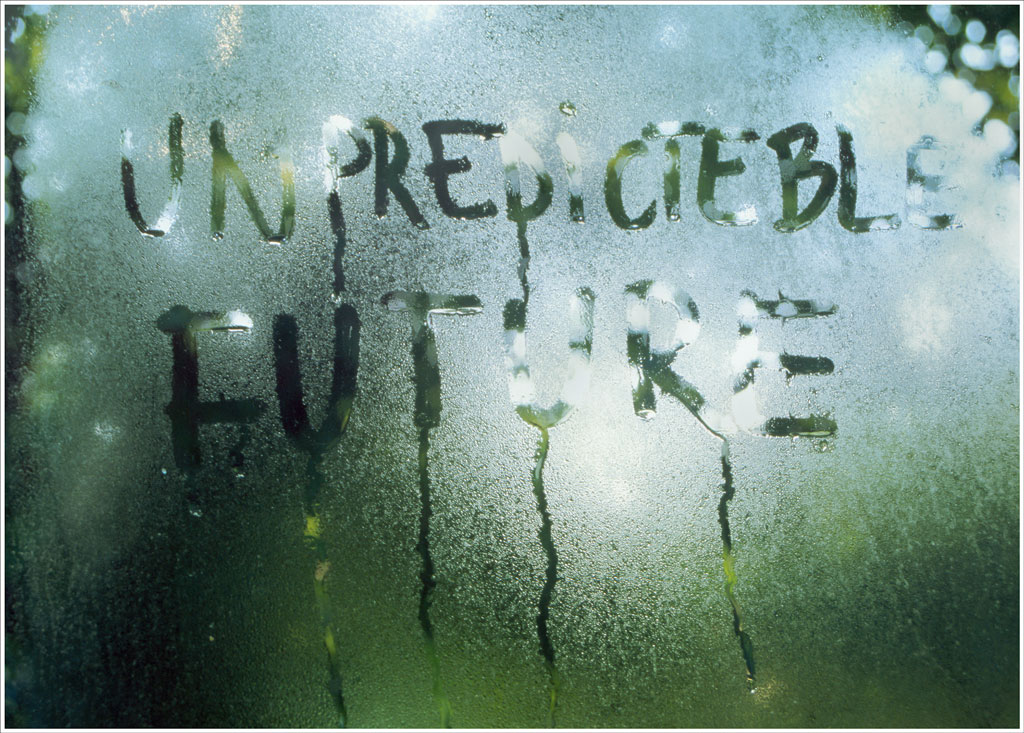 Mircea Cantor’s work knows no borders. Originally from Romania, he defines himself above all as an artist who “lives and works on Earth. Mircea Cantor is interested in the notion of territory, confronting humanity and animality through ancestral rites and rituals still very present in his native country. He is winner of the Fondation Ricard Prize in 2004 and the Marcel Duchamp Prize in 2011.
Mircea Cantor’s work knows no borders. Originally from Romania, he defines himself above all as an artist who “lives and works on Earth. Mircea Cantor is interested in the notion of territory, confronting humanity and animality through ancestral rites and rituals still very present in his native country. He is winner of the Fondation Ricard Prize in 2004 and the Marcel Duchamp Prize in 2011.
By Dimitris Lempesis
Photo: Musée d’arts de Nantes Archive
Born in Romania in 1977, Mircea Cantor lives and works “on Earth”. He won the Marcel Duchamp Prize in 2011 and the Fondation d’entreprise Ricard Prize in 2004. His practice stays surprisingly tied to his Romanian roots. He is the co-founder and co-editor of a cultural review called “Version” based in Cluj and Paris, and although many of his video works focus on travel and tourism, the best of them examine the processes of production and exchange in his own country. Mircea Cantor’s solo exhibition “Înainte” traces its roots back to 1999 when Robert Fleck, Director of Postgraduate Studies at the École régionale des beaux-arts de Nantes, discovered the work of this student from the Academy of Fine Arts in Cluj during a trip to Romania. Mircea Cantor was invited to pursue postgraduate studies in Nantes, where he spent several years. Twenty years later, the photograph “All the directions” forms the starting point for the exhibition. Taken on the Île de Nantes in 2000, it shows the artist as a hitchhiker holding a blank sign conjuring up every potential destination. There is an element of defiance in the picture, which was taken when the artist’s American visa application for a study trip to New York was rejected, and it is tinged with melancholy and a sense of disenchantment. This duality lies at the heart of a large number of works by the artist, who refers to himself as an “artist of the world”, thus challenging notions of identity, ethics, politics, and also contemporary reality with all its contradictions. Encompassing video, photography and sculpture, the exhibition brings together a group of recent and earlier works. The video “Adjective to your presence”, shot in Tokyo in 2018, shows demonstrators carrying transparent placards. It engages in a dialogue with “Landscape is changing”, in which demonstrators carry mirror placards reflecting the city of Tirana, where the film was shot in 2003. Produced in Romania and Nantes, and comprising work from his youth and pieces from the body of experiments on which the artist is casting his gaze with the benefit of hindsight, the extensive selection of photographs assembled for the exhibition presents previously unseen material putting in perspective artistic approaches adopted very early in his career by Mircea Cantor and the elements which subsequently became central to his work. Traces and memories are placed in counterpoint in the Chapelle de l’Oratoire, illustrating the ambiguous Romanian word “Înainte”, which can mean both “forwards” or “before”, depending on the context. Mircea Cantor’s work, which regularly offers subtle critiques on the architecture of power, is equally centered on unveiling methods of empirical engagement with objects and images through a sustained long-term examination. More recently Cantor has taken up the question craftsmanship and tradition to relating the “intuitive” energy that tests how different fields of knowledge might make sense of human creation and the multiplicity of perspectives that inform our understanding of our relationship to time, consciousness, and experience.
Info: Chapelle de l’Oratoire, Place de l’Oratoire, Nantes, Duration: 15/3-15/9/19, https://museedartsdenantes.nantesmetropole.fr
